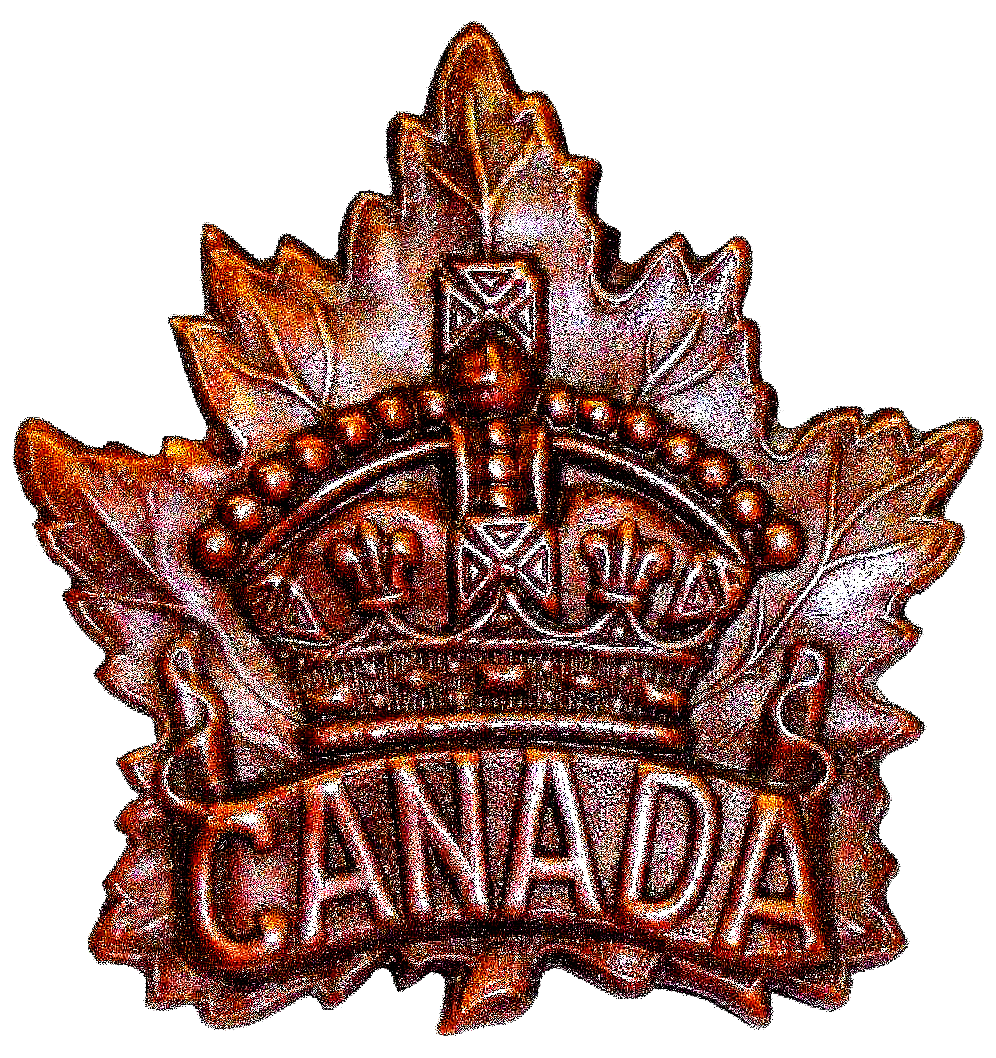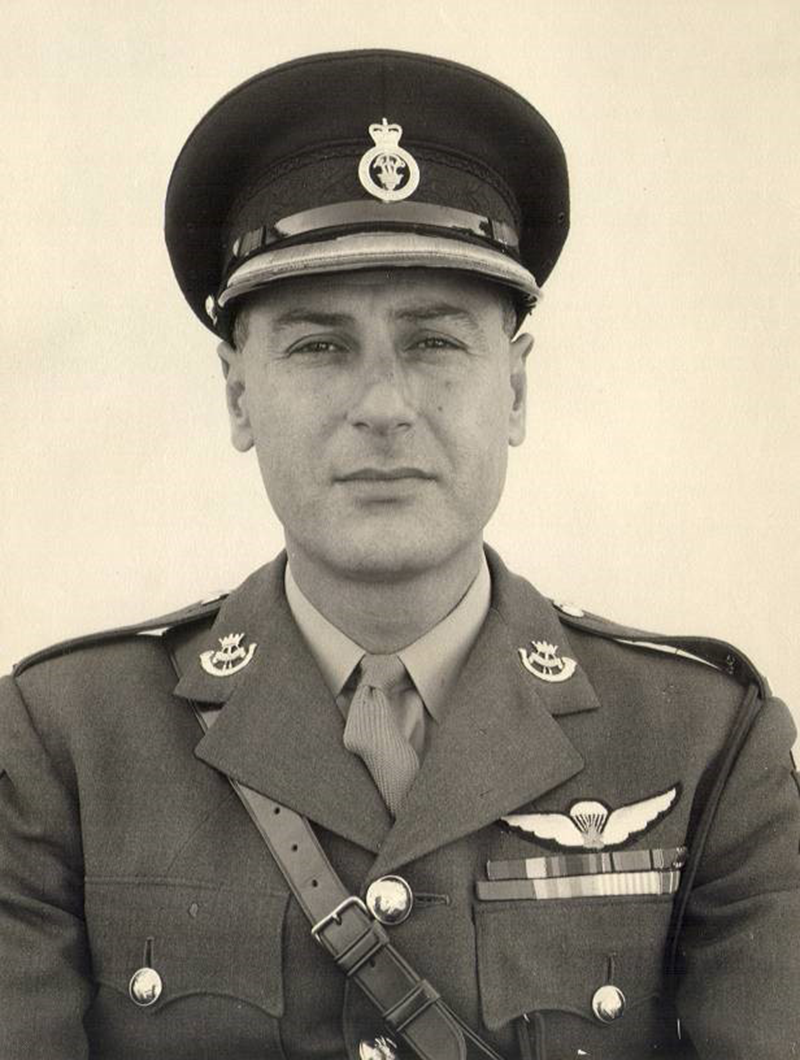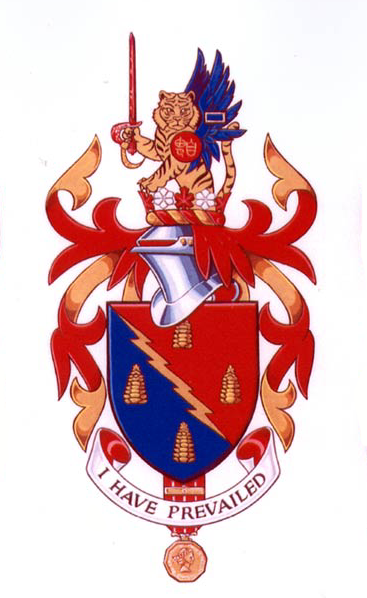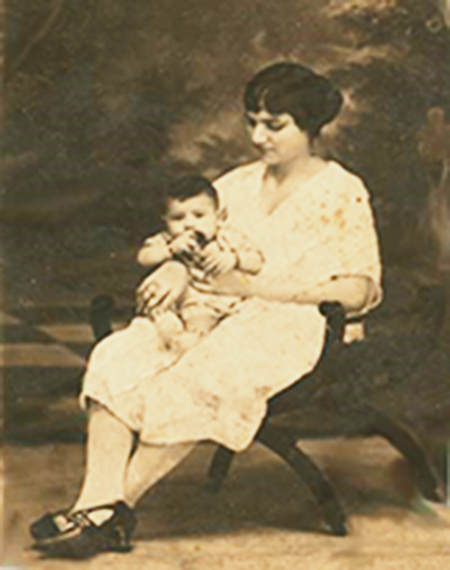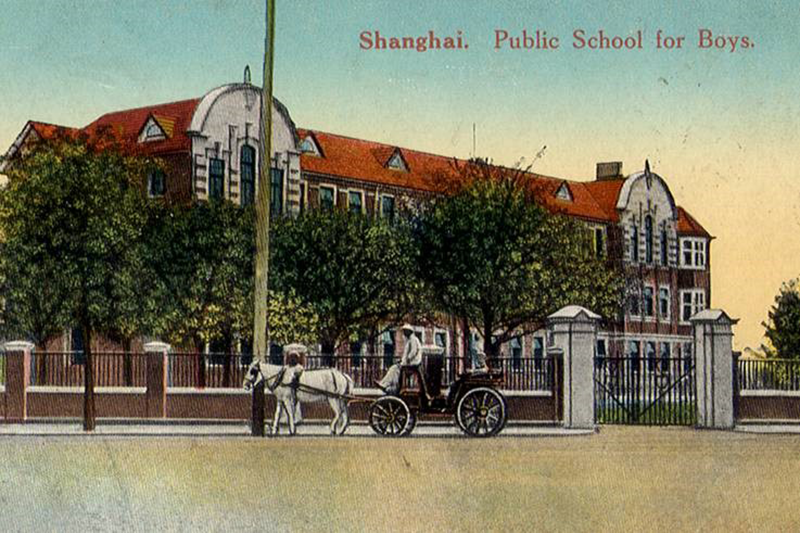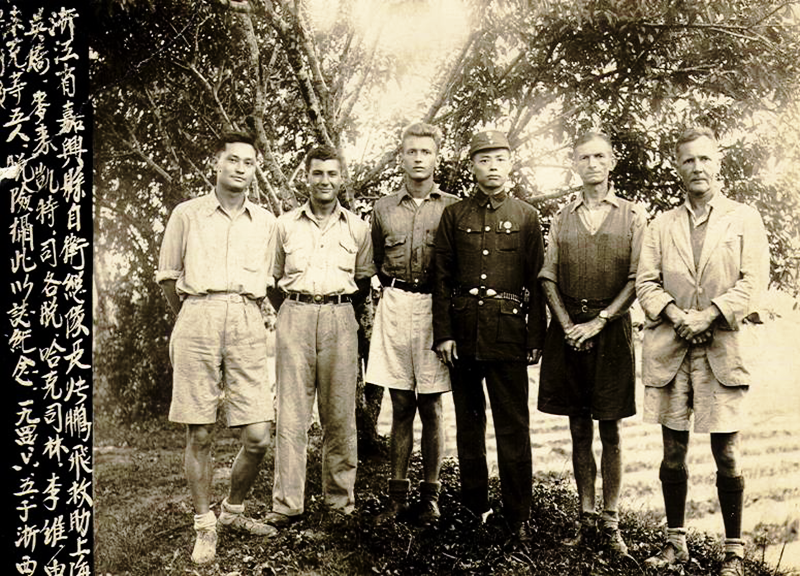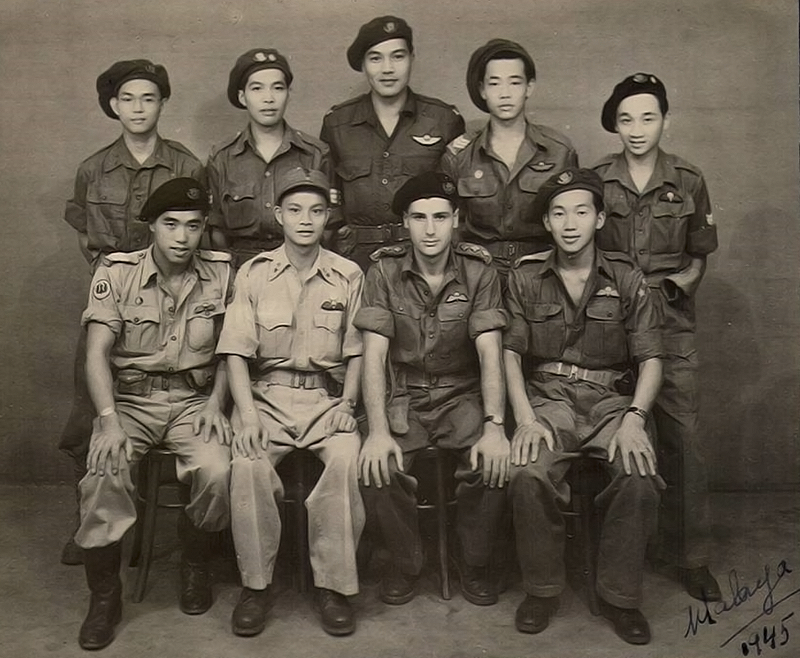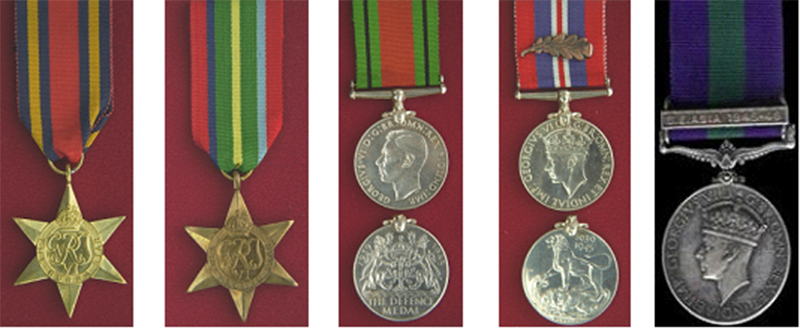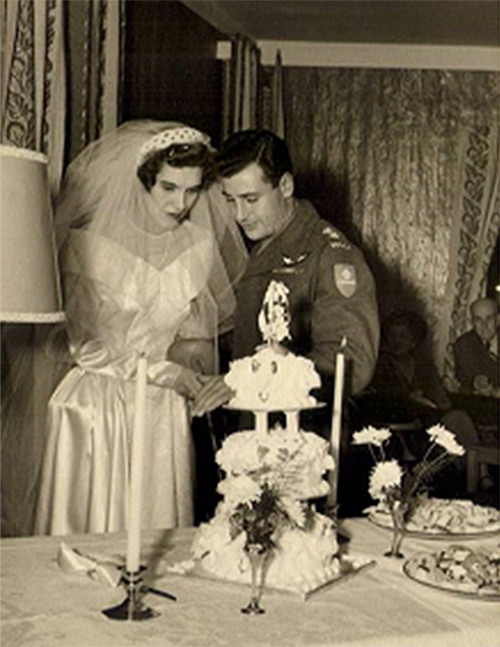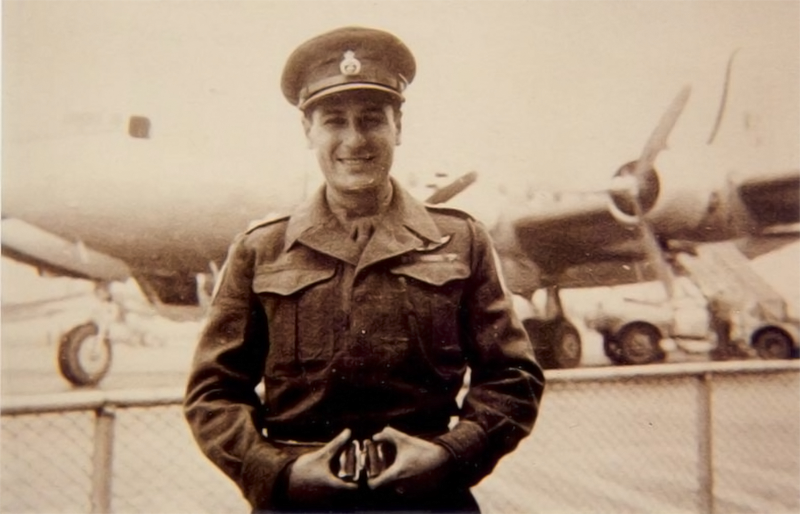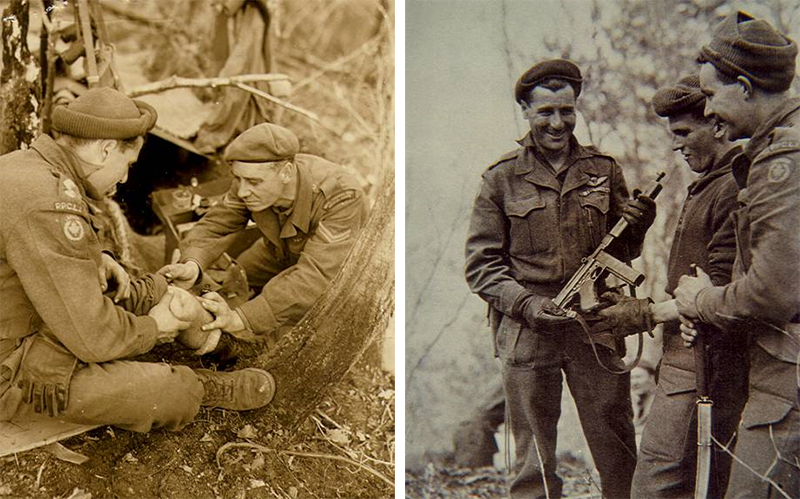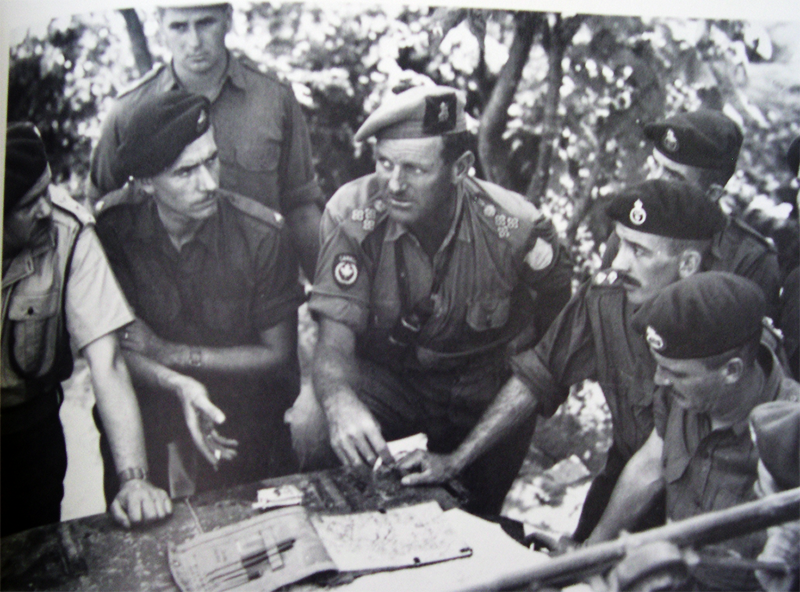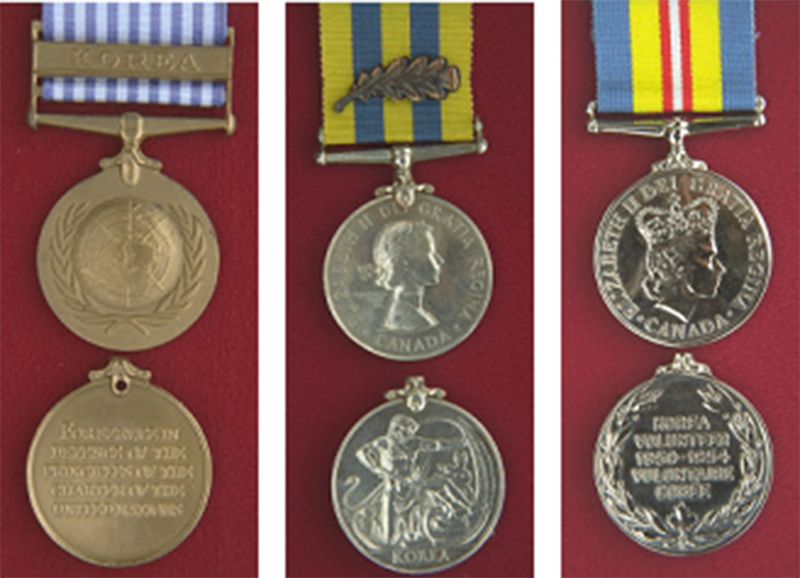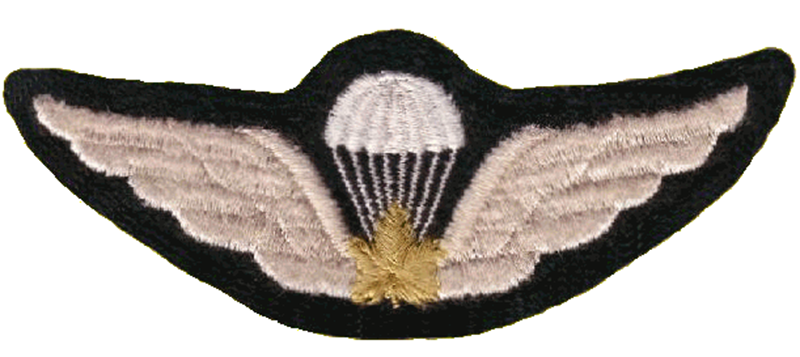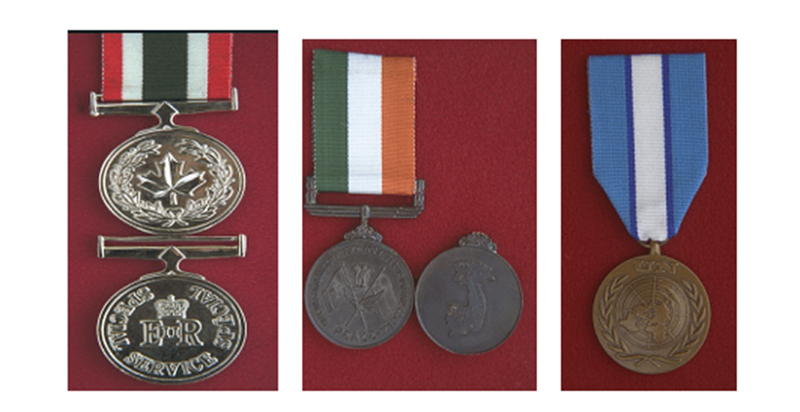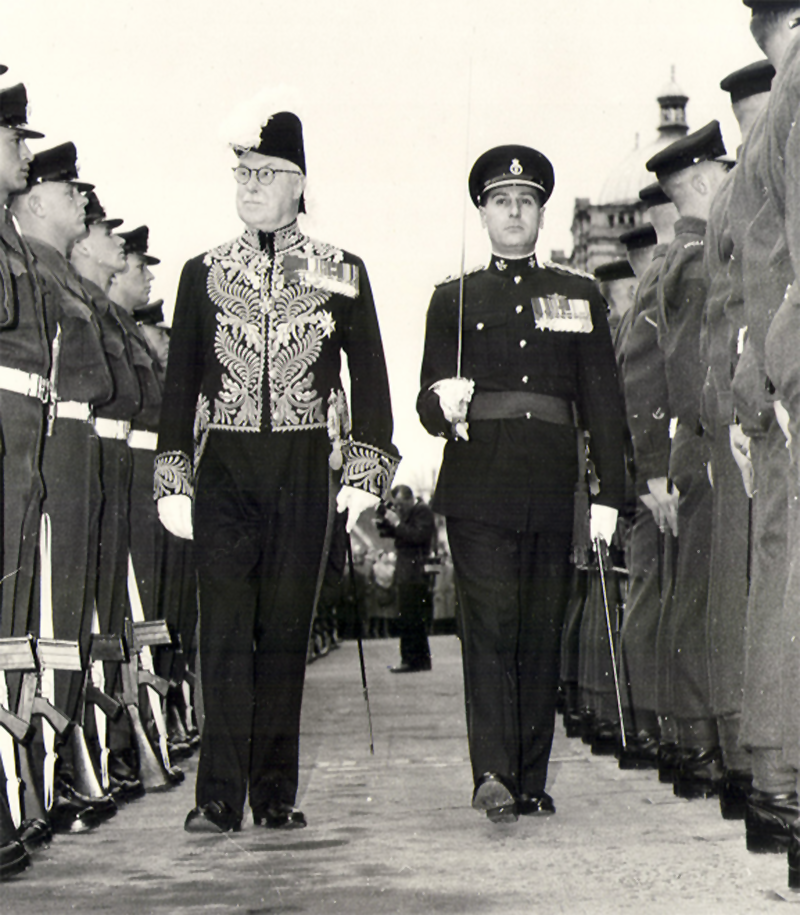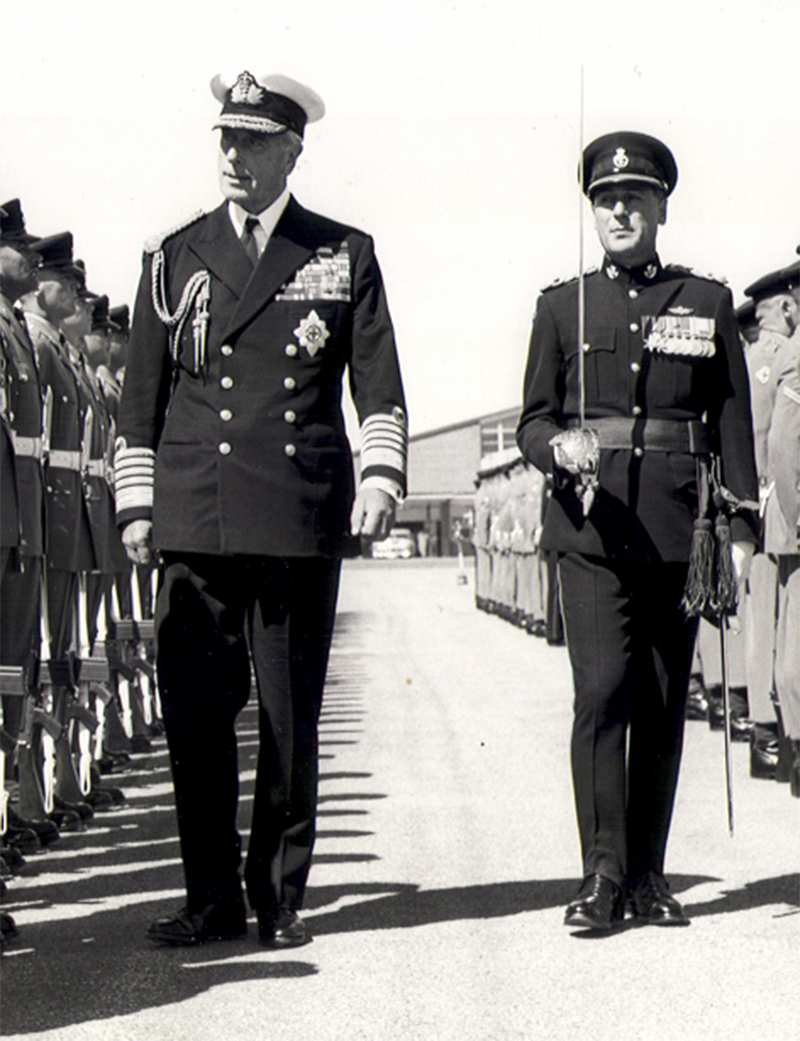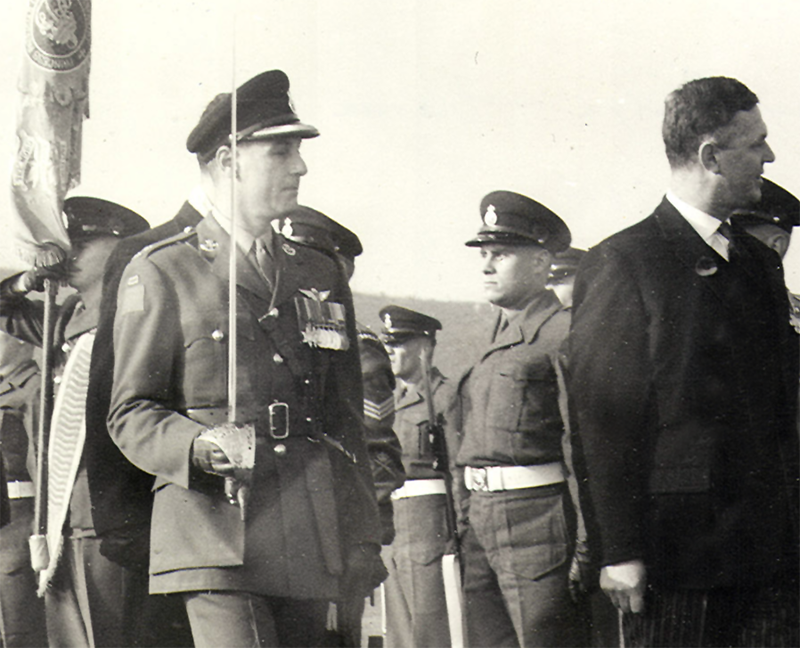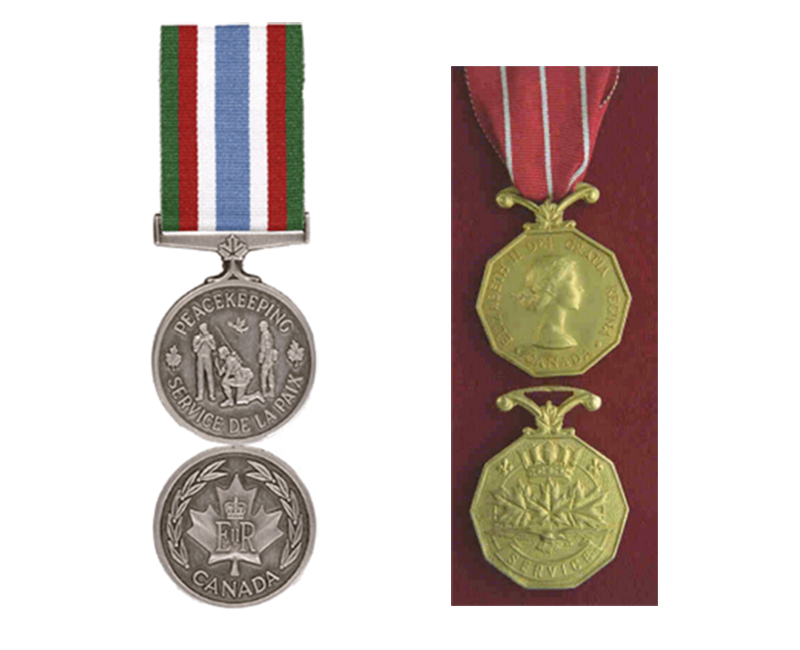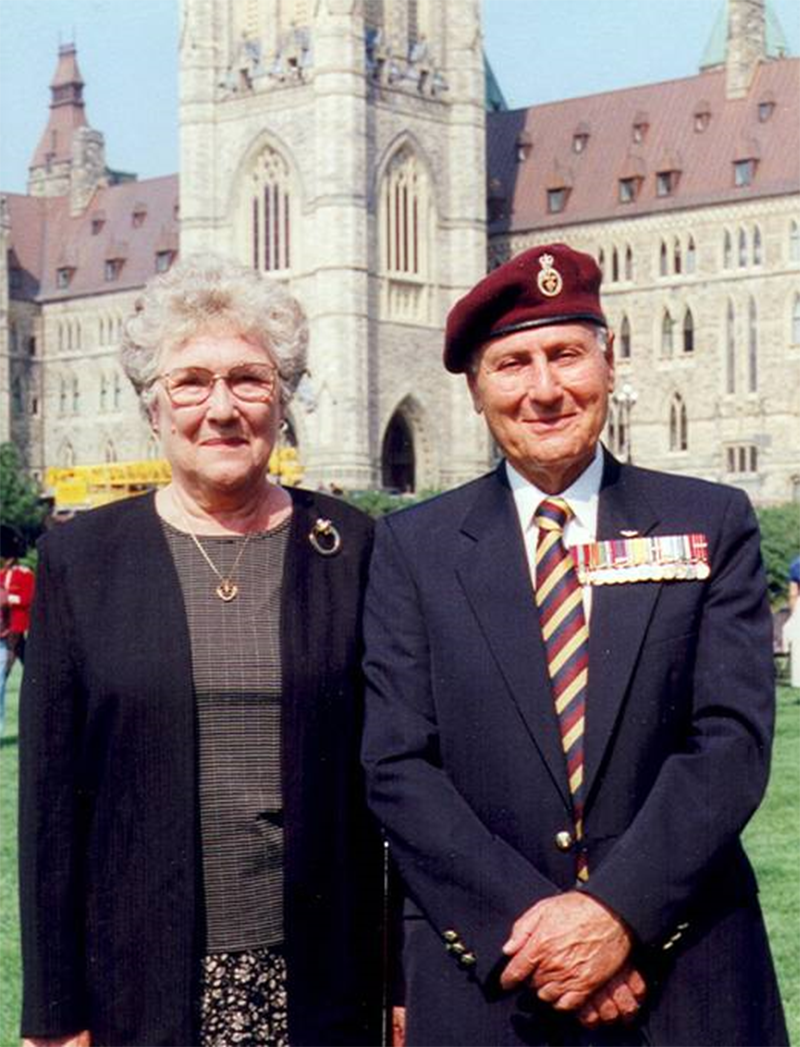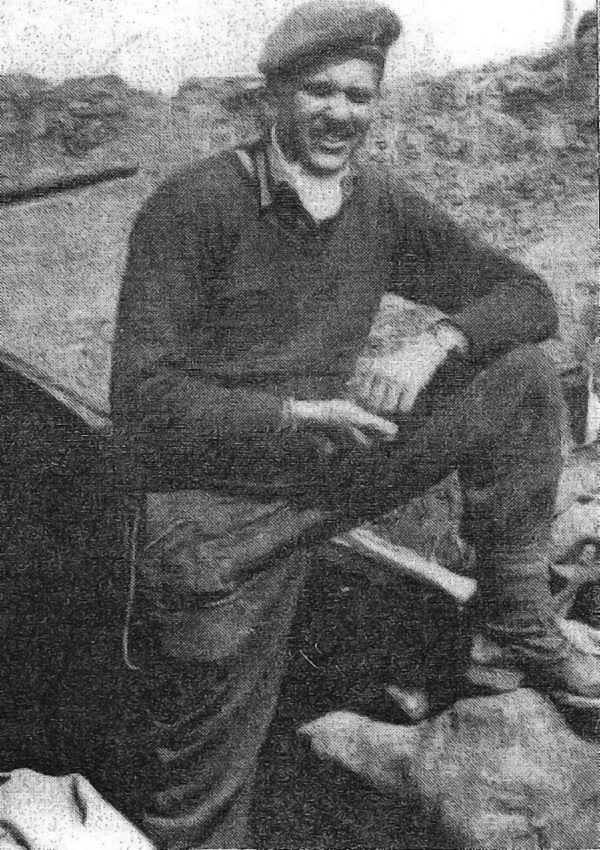 |
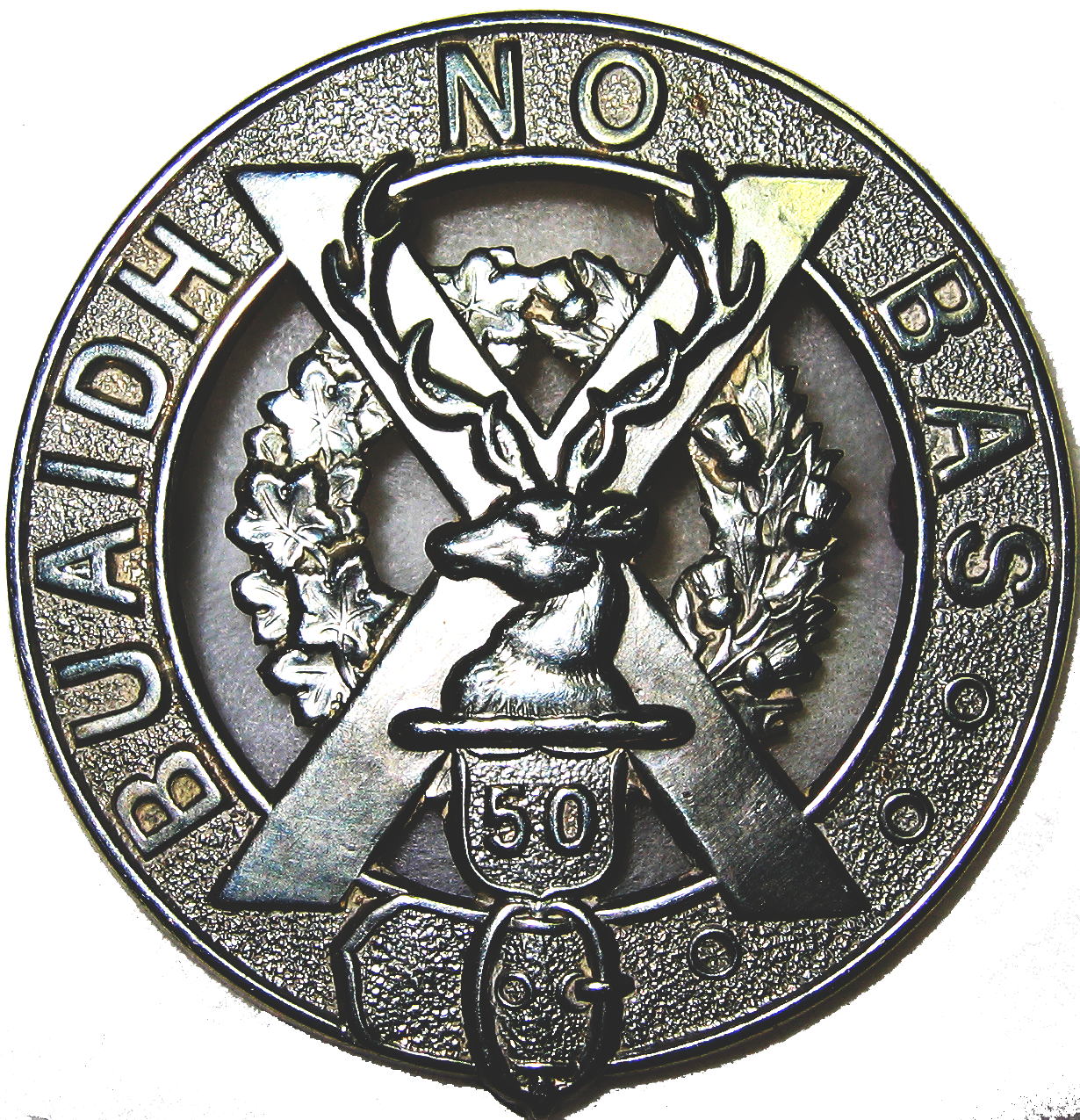 OPCMHVisitor No.: |
HISTORY OF WORK POINT BARRACKSby Jack BatesSPECIAL REPORTMAJOR MICHAEL GEORGE LEVY
In November 2003, the office of Governor General Adrienne Clarkson, on behalf of the Government of Canada, granted a personal Coat of Arms to Major Michael George Levy in recognition of his distinguished service during the Korean War to his country and to his Regiment, the Princess Patricia’s Canadian Light Infantry.
Awarding this very unique and high honor to a Canadian soldier, so many years after his wartime service, represented not only belated recognition for Major Levy of his heroic actions during the infamous Korean War battle of KAPYONG, but also of his distinguished military service during two wars and many peacetime conflicts throughout which, and as the Motto to his Coat of Arms reads, “I HAVE PREVAILED”. BORN IN BOMBAY - RAISED IN SHANGHAI The life of Michael George Levy has been a journey rich with adventure, adversity and survival. Major Levy was born in 1925 in Bombay, India, the first born to his parents, George and Sophie, who traveled frequently throughout Asia and the Middle East. George Levy eventually settled his family in Shanghai, China where Major Levy, his brother Albert, and sisters Emma and Katie spent most of their childhood years. Growing up within the International Settlement of Shanghai during the twenties and thirties was an extremely exciting period.
Major Levy attended the Shanghai Public School for Boys and was as an active YMCA member and Boy Scout, achieving King Scout status and winning many athletic awards in soccer, swimming, boxing, rugby and roller skating.
In December 1941 the Japanese Army attacked and occupied Shanghai. As a British subject and at the age of 16, Major Levy was arrested by the Japanese, placed in the Pootung Internment Camp and subsequently transferred in 1943 to the Lungwha Civil Assembly Camp (depicted in the Steven Spielberg movie “Empire of the Sun”). On the night of May 22, 1944, Major Levy and four colleagues escaped from Lungwha and set off on a harrowing 2000-mile journey on foot and by junk through occupied China, evading the Japanese for nearly two months and eventually making their way to Kunming where the RAF flew them “over the hump” and to freedom in India.
In 1992 the remarkable story of their escape was the subject of a Thames Television documentary in Great Britain, “Across the Jade Divide”, which was also featured on the American PBS television Adventure Series. WORLD WAR II – SOE FORCE 136 Once in India, Major Levy was recruited by the British Army’s elite Special Operations Executive, “SOE”, Force 136. With his knowledge of Chinese culture and ability to speak the language, he was sent to Poona and Jessore for specialized training in industrial sabotage, guerilla warfare and parachuting. Given the wartime rank of Captain and at the age of 19 he was placed as second in command of the Force 136 “Galvanic Brown” Patrol Liason Team, which on April 22, 1945, was flown by Dakota on a 11 hour flight from Ceylon and dropped behind enemy lines in the Malayan jungle north of Kuala Lumpur where they operated until the Japanese final surrender in November 1945.
Major Levy received a Mention In Dispatches “MiD” for his bravery in one of Force 136’s engagements at Salak South. In the MiD citation, his commanding officer described him as “a young chap with previous experience in a recent escape from internment in China … full of guts and really at his happiest when Japs or Puppets were reported in the vicinity … deserves full praise when he led his men with flying colors.” The wartime exploits of Force 136 were immortalized in the Oscar winning film “Bridge On The River Kwai”.
Following the end of the war, Major Levy was attached as an investigator to the War Crimes Tribunal in Hong Kong and Singapore where he served until 1948, at which time he took his voluntary discharge from the British Army. Having learned a great deal about Canada from several of the Chinese Canadian soldiers he served with in Force 136, Major Levy decided to emigrate to Canada and helped to re-locate his family from Shanghai to join him in Vancouver. EMIGRATION TO CANADA Once in Vancouver Major Levy tried his entrepreneurial hand at owning and managing a small restaurant. Although the fish and chip restaurant was not a huge success, the experience gained and particularly the people he met certainly were – he courted and married his favorite customer, a local girl, Marjorie Edith Arthur. They went on to have a daughter and 3 sons.
While a civilian in post-war Vancouver, Major Levy maintained his military involvement by parading with the local militia regiment, the Irish Fusiliers of Canada. At the outbreak of the Korean War, Major Levy sold his restaurant and answered Ottawa’s call in 1950 for a volunteer Canadian Army Special Force to assist in the United Nation’s effort to push back the Communist invasion of South Korea. He joined the newly created 2nd Battalion, Princess Patricia’s Canadian Light Infantry (PPCLI), was sent for training to Fort Lewis, Washington and flew on to Tokyo on his way to Korea as the Battalion Intelligence Officer to Lieutenant-Colonel JR Stone.
KOREAN WAR and BATTLE OF KAPYONG The 2nd Battalion arrived by troop ship in Pusan, South Korea in December 1950 and just two months later the Princess Patricias were committed to battle as part of the 27th British Commonwealth Infantry Brigade. In late April, the Patricia’s and the then Lieutenant Levy, commanding 10 Platoon, found themselves in a defensive position controlling the hills along a strategic section of the Kap’yong river valley. On April 21 the North Koreans aided by the 60th Chinese Infantry Division, employing some 600,000 soldiers, launched a massive offensive thrust against American and UN troops with the objective of breaking through allied lines and capturing the South Korean capital city of Seoul. The evening of April 25, 1951 heralded the start of what many military historians have characterized as “Canada’s most memorable battle of the Korean War” – it has become known simply as KAPYONG, and Major Levy’s pivotal role in the outcome of this historic battle has become legendary. Having successfully attacked several allied positions in the days leading up to April 25, the Patricia’s were situated on vital remaining hilltop positions that prevented the enemy from achieving their final breakthrough. Throughout the evening of the 25th the Chinese attacked the Patricia’s. As well-defended Canadian positions initially held out, it became evident that the overwhelming number of enemy attackers in what “could only be described as suicide attacks” could soon overrun the Patricia’s. Major Levy had been directing his 10 Platoon against wave after wave of attackers – options for his survival and those of his men had been reduced to withdrawal or call for friendly artillery fire on top of his own position to drive away the enemy. He chose to stand and fight and radioed the Company commander for close-in support and directed the ensuing artillery and mortar fire on his own position (“Danger Close”) – an estimated 4500 rounds were delivered upon and around 10 Platoon that night. The resulting fire storm inflicted tremendous casualties to the enemy and caused them to withdraw in defeat.
"A summary of the actions of Major Levy at Kapyong is taken from the splendid book revealing the 2nd Battalion’s experience in Korea “BEYOND THE DANGER CLOSE”, authored by Hub Gray (Capt ret’d):
Toronto Sun Newspaper Columnist and PPCLI Korean War Veteran, Peter Worthington, has written that “when I was a soldier in Korea, how Levy fought his platoon was inspiring and the stuff of legends. I’d say Levy was the ideal Platoon commander who, arguably, may have saved Seoul.” In 1991 the PPCLI in Winnipeg celebrated the 50th anniversary of the Battle of Kapyong. To mark the occasion, a painting of the battle was presented to the Regiment and following a traditional Trooping of The Colours ceremony a speech was read from Lady Patricia, the Regiment’s Colonel and Chief. It read in part “Michael Levy – on behalf of the Veterans of Kapyong –I salute you….. the courageous defense of Kapyong conducted by Lieutenant Michael G. Levy and the men of 10 Platoon, is an inspiration to all Patricias”.
For their “extraordinary heroism and outstanding performance of combat duties in action against the armed enemy near KAPYONG”, the 2nd Battalion, Princess Patricia’s Canadian Light Infantry was awarded the prestigious United States Presidential Unit Citation. The PPCLI was the only Canadian unit to have ever received this award.
POST-WAR MILITARY SERVICE & RETIREMENT Following his return to Canada and his marriage to Marjorie, Major Levy stayed in the Army and went on to serve in various battalion positions with the PPCLI in Calgary, Germany, Edmonton and Victoria. During this period he spent one year in Vietnam as part of the International Commission for Supervision and Control and did a tour in Cyprus as the deputy commander of Canada’s peacekeeping operations there.
In 1968 Major Levy was selected to attend the prestigious United States Marine Corps Command and Staff College in Quantico, Virginia. Following graduation, he was posted to Washington, D.C. where he spent two years as a member of the Canadian Defense Liaison Staff in the U.S. capital. In 1971 Major Levy moved into the military intelligence directorate at National Defence Headquarters in Ottawa where he managed the China desk. After a distinguished 25 year career, Major Levy retired in 1974 from the Canadian Armed Forces and settled in Vancouver. He worked for the Federal Departments of External Affairs and Public Works until his final retirement in 1986. In his retirement years both he and Marjorie remained active as dedicated “Greencoat” volunteers at Vancouver International Airport.
Author and veteran of the KOREAN WAR, Lt. Hub Gray, as a young Lieutenant, with sixteen men and eight machine guns, engaged 500 enemy troops in the Battle of KAPYONG. His publication called "BEYOND THE DANGER CLOSE," THE KOREAN EXPERIENCE REVEALED, contains references to Lt. Mike Levy, 10 Platoon, D Company, 2 PPCLI, during the battle. Following are excerpts from his book:
— Jack Bates
“Courage is rightly considered the foremost of the virtues, for upon it, all others depend.” — Winston Churchill ... check back regularly for further updates ... |
